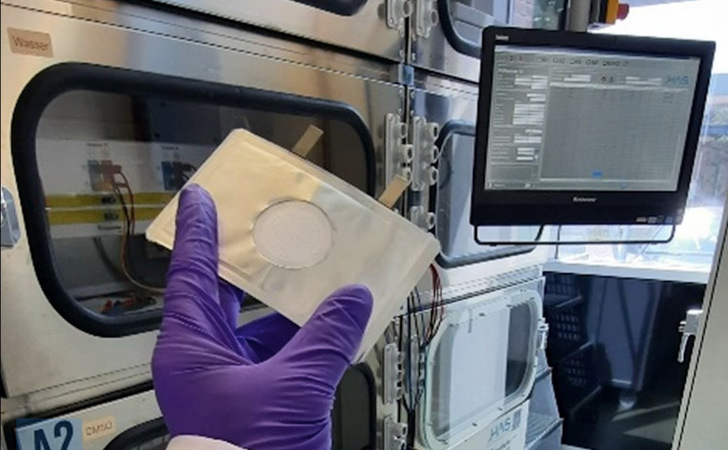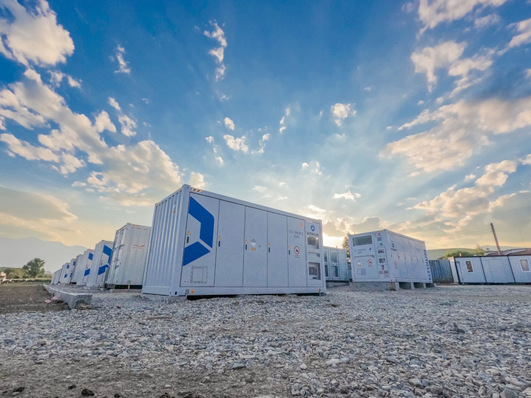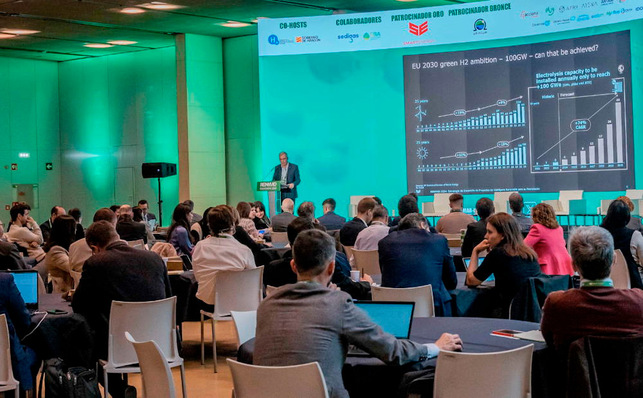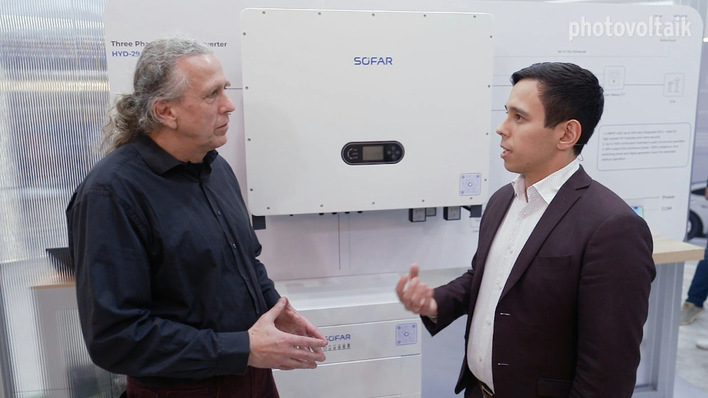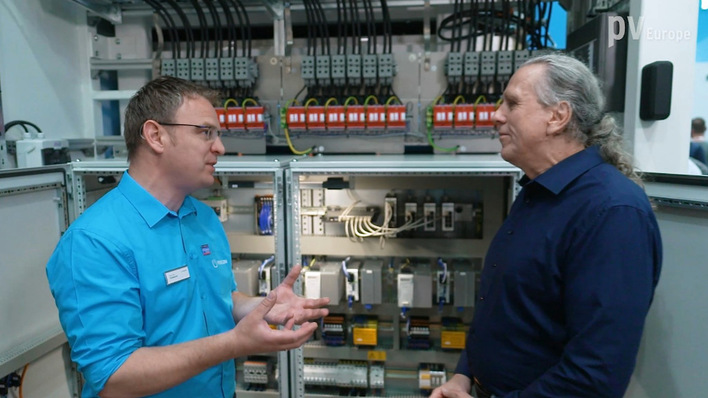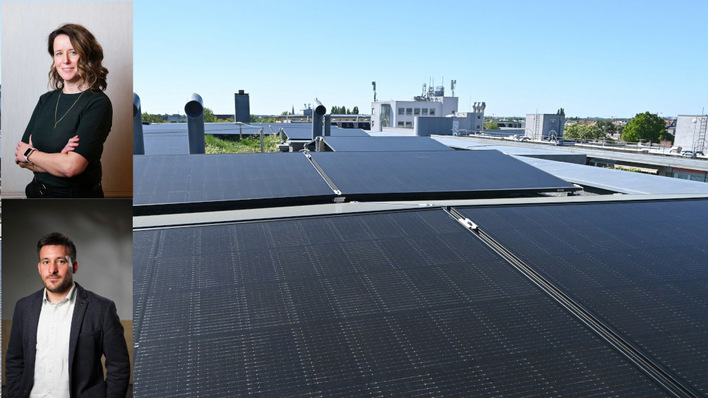Lithium-air batteries basically work like conventional battery types, whereby the reaction of lithium ions with oxygen from the air at the positive electrode is used to generate a current flow. The big advantage: they can store almost as much energy per kilogram as fossil fuels. With comparable storage capacity, they would therefore only have a fraction of the weight of current rechargeable batteries and would therefore be attractive for use in electric vehicles, but also for stationary storage units. "Until then, however, there are still a number of technical problems to overcome," Professor Gunther Wittstock from the University of Oldenburg also knows. One of them is that there are still no electrolyte liquids that are chemically stable at both the positive and the negative electrode.
Electrodes made of lithium and oxygen from the air
Such electrically conductive liquids are found in batteries between the two electrodes. So far, however, they are not yet chemically stable enough: so-called lithium-air batteries, also called lithium-oxygen batteries, are regarded as possible storage units of the next generation. The Amalis 2.0 project is now testing a new concept to increase the service life of the battery cells.
See also: Long duration battery storage project of RWE in Australia
In lithium-air batteries, one electrode consists of metallic lithium, the other of a porous compound on which oxygen from the air is reduced. When the battery discharges, positively charged lithium ions move through the electrolyte fluid to the other electrode, where they combine with oxygen and electrons from the external circuit to form lithium oxide. This causes an electric current to flow, which provides energy for electrical devices. When the battery is charged, lithium and oxygen separate again, and ions and electrons move in the opposite direction.
Membrane increases stability
To increase the stability of the lithium-air battery, the team relies on a separating membrane between the positive and negative electrodes. This way, different electrolytes could be used on both sides. In the end, the researchers want to prove with a prototype that in principle a stable, rechargeable overall system can be realised. The plan is to build a flat cell with an area of 25 square centimetres.
Also interesting: A new redox flow home storage
The Amalis 2.0 project is led by the Heilbronn-based company Iolitec Ionic Liquids Technologies. The MEET Battery Research Centre at the University of Münster and the Fraunhofer IFAM are also involved. The Federal Ministry of Education and Research is funding the project over three years with a total of around 1.1 million euros. (nhp/mfo)


